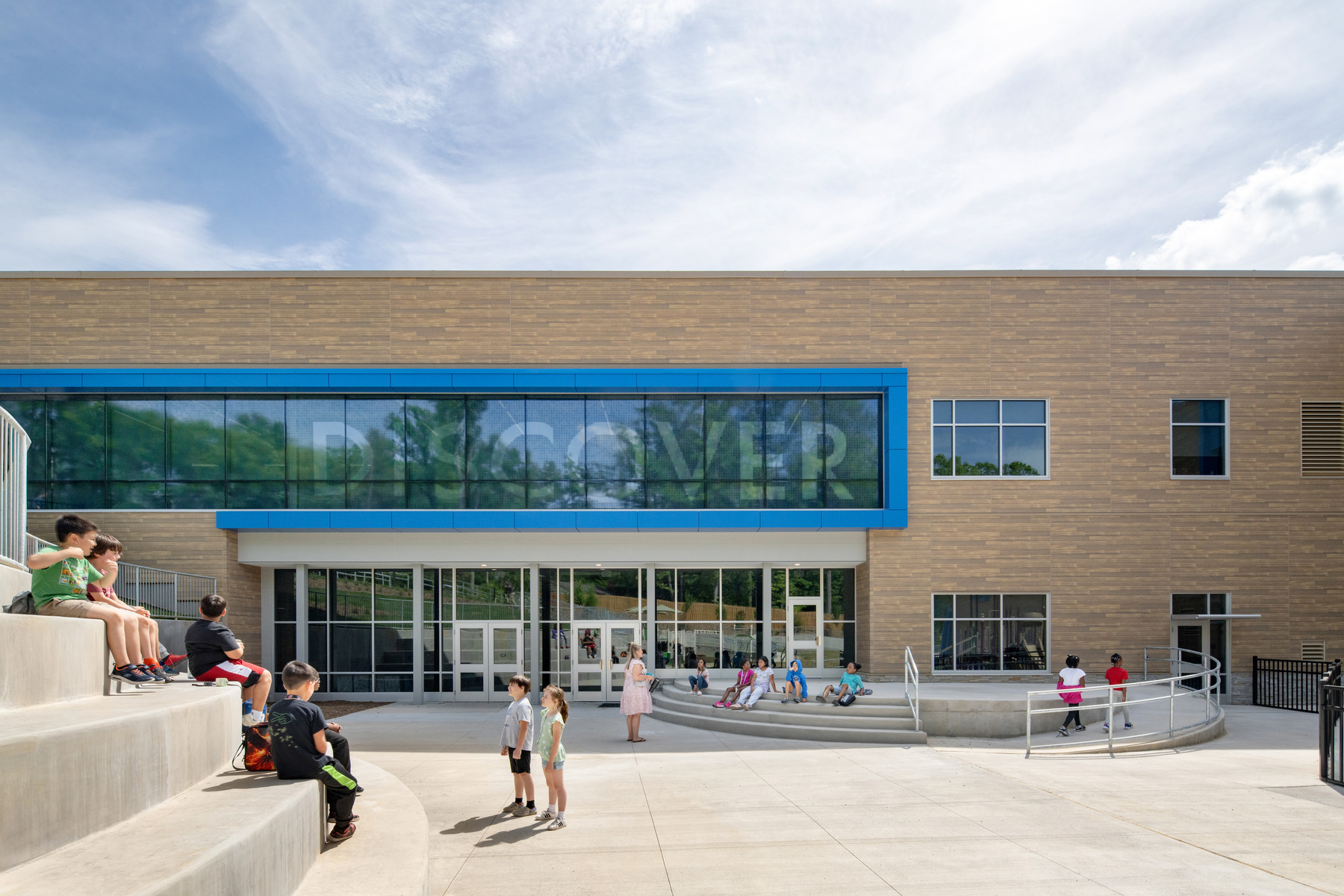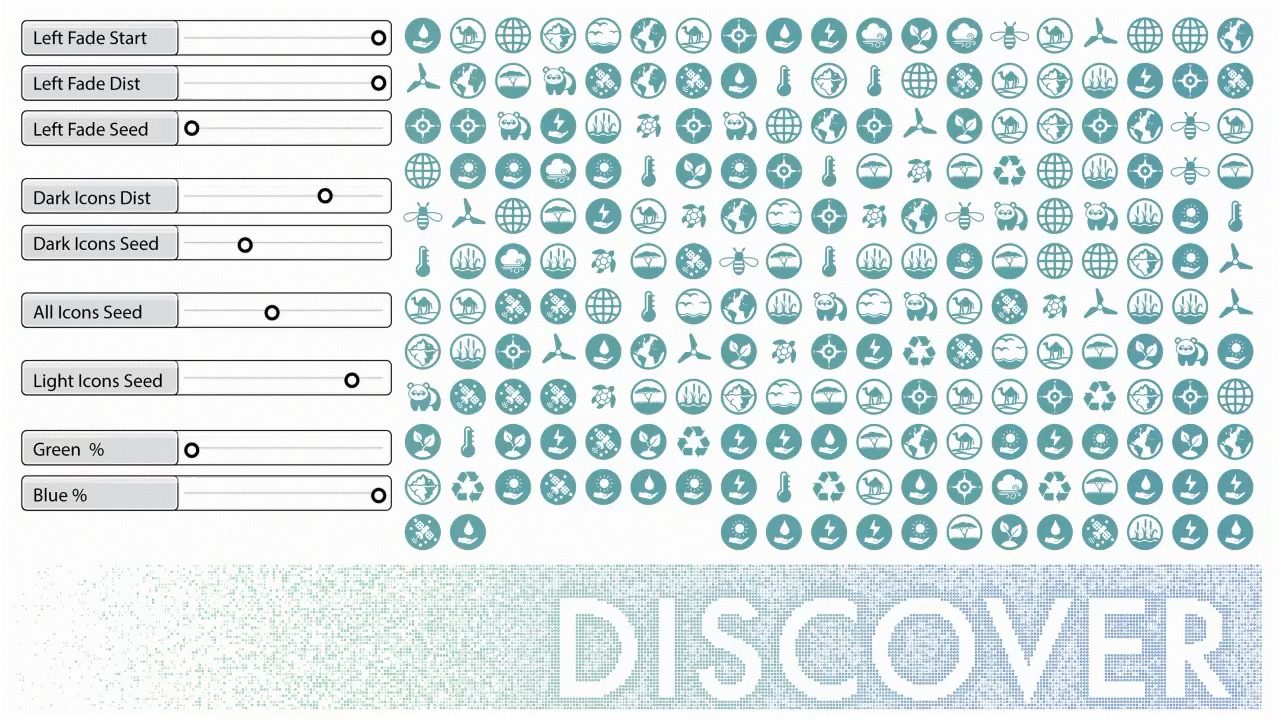Using Technology to Implement Meaningful Design in K-12 Schools
 Architecture aspires to instill meaningful experiences in our lives. Consider the subtle smell of a good book you might encounter in a library, or the softened acoustics and peaceful focus you might discover in a comfortable reading nook. Facilitating these experiences is a design goal of architects, and this is increasingly achieved through the application of technology. Technology isn’t a means unto itself, however. It is a tool, though its ability to improve design is constantly shaping the built world. Technology is a vehicle for making design production faster while expanding the possibilities of our experiences. With these improvements in production (or, The Work), we find time to be more creative, work more closely with clients, and design meaningful spaces (The Play).
Architecture aspires to instill meaningful experiences in our lives. Consider the subtle smell of a good book you might encounter in a library, or the softened acoustics and peaceful focus you might discover in a comfortable reading nook. Facilitating these experiences is a design goal of architects, and this is increasingly achieved through the application of technology. Technology isn’t a means unto itself, however. It is a tool, though its ability to improve design is constantly shaping the built world. Technology is a vehicle for making design production faster while expanding the possibilities of our experiences. With these improvements in production (or, The Work), we find time to be more creative, work more closely with clients, and design meaningful spaces (The Play).
Technology also serves as our vehicle for creativity, bringing once-impossible design features into reality. As a result, our technological tools are more than just software. More often than not, they are the third eye of our design practice at Clark Nexsen. However, technology is ultimately ineffective without the embedded knowledge, practice, trial and error, and experimentation we humans learn throughout our lives. Before we empower these tools to work for us, we must ask ourselves: what meaning and experience are we trying to create? For our Clark Nexsen K-12 group, we are specifically asking what makes a school enrich the educational experience for students and staff.
So, what should we be asking of our technological tools? Artificial intelligence systems such as ChatGPT don’t formulate questions; they generate answers. In “The Hitchhiker’s Guide to the Galaxy,” a computer known as Deep Thought is built to answer the ultimate question of life, the universe, and everything. The computer’s answer to this question: 42. However, nobody knows the actual question, leaving them unable to apply the answer. While our profession might not be asking for answers about the universe and life itself, it’s important to understand that when using technology, we must ask the right questions. The great architect Louis Kahn famously asked a brick, “What do you want, brick,” implying that the brick had the answers for how it should be best utilized. This brings about a new question: how do we ask technology the right questions so that it complements our work and allows us to get the most out of our advanced tools?
The Work
As architects, we are challenged to not only provide creative and meaningful experiences, but also safe and healthy ones. The building design and construction industry has many detailed and often banal conditions that must be understood, selected, and documented to make a building safe. For example, doors and their corresponding hardware are integral to a building’s function, safety, durability, and more. For the hundreds of doors in most school buildings, we create door schedules. If you’re unfamiliar with the task of editing one, consider yourself lucky—it is quite laborious. By asking technology the right questions, we can utilize tools to speed up and improve production for these tedious tasks. We can apply the computer’s touch to automate door schedules and aggregate critical data into a format that allows us to provide commercial doors with the correct hardware for a building to operate and meet the requirements of the building code. This is just one example, but as we automate these aspects of design production, we find ourselves free to explore the creative possibilities allowed by technology to implement meaningful, memorable, and safe experiences.
The Play

The brick façade at Fuquay-Varina Middle School has a playful texture, created using computational design.
Without having to spend as much time on doors, designers can challenge their minds with the creative and imaginative design tasks that impact how a space feels. Computational design and artificial intelligence are among the most powerful tools for designers to make once-impossible designs a reality.
When articulating an architectural elevation, computational design has an opportunity to assist. The brick pattern at Fuquay-Varina Middle School was designed with a computer-randomized, top-to-bottom gradient that creates a cascading projection of bricks and an eye-catching shadow line. By connecting the appropriate blocks of code, we can adjust the parameters and quickly implement this design feature. While at first glance this looks like it could add cost to a project, it is simply alternating a series of batches of the same brick pattern in a different order.

Computational design saved the Clark Nexsen project team thousands of hours by generating a graphic that featured over 13,000 icons for Brooks Global Studies Elementary School.
Similarly, computational design was used to create this ‘Discover’ graphic at Brooks Global Studies Elementary School. Rather than making a designer move 13,000 graphic icons into this layout, we pushed our computer processing power by setting a complex system of parameters and code blocks to establish a green-to-blue gradient while arranging denser icons at the perimeter of the lettering to improve legibility. The result is a bold and inspiring graphic that allows students to look through to their courtyard and play spaces below while also acting as a shading device to reduce mechanical heating loads on the building.
Artificial intelligence is also a key tool enabling us to explore and create the fun design aspects of a building. The Bengal tiger graphic at Fuquay-Varina Middle is a strong statement of school spirit and would not be possible without AI. A typical high-quality stock photo will have a max print size of 24 by 36 inches. However, by using an AI interpretation of each pixel, the image was scaled up to fit the 26-foot-tall wall. With students regularly taking selfies in front of this piece, its popularity is evident.

The Bengal tiger graphic at Fuquay-Varina Middle School utilized AI scaling to fit the 26-foot-tall wall.
Not so many years ago, the above designs would have been impossible without an excessive amount of labor. As we continue to ask our technological tools the appropriate questions, we find the creative possibilities more abundant, and the work needed to make successful architecture faster and even more fun. We can see that the future of design is only limited by the depth of our imagination, rather than the constraints of resources and time.
Scott Nelsen, AIA, is an Architect at Clark Nexsen with over 10 years of experience. His skills have produced significant contributions with projects in our K-12, higher education, community + culture, and federal market sectors. To speak with Scott, please email at scott.nelsen@clarknexsen.com or call at 919-576-2177.
